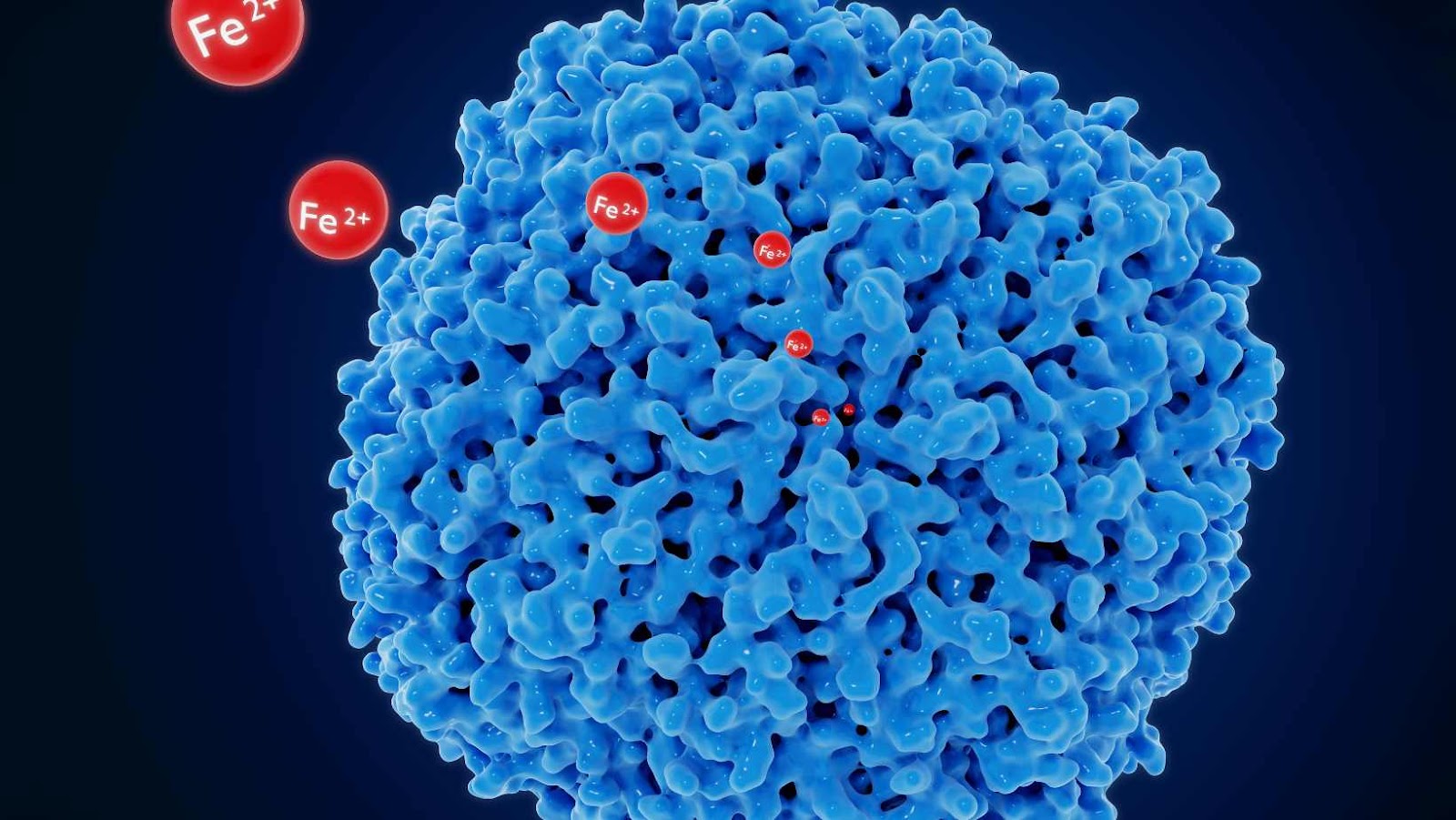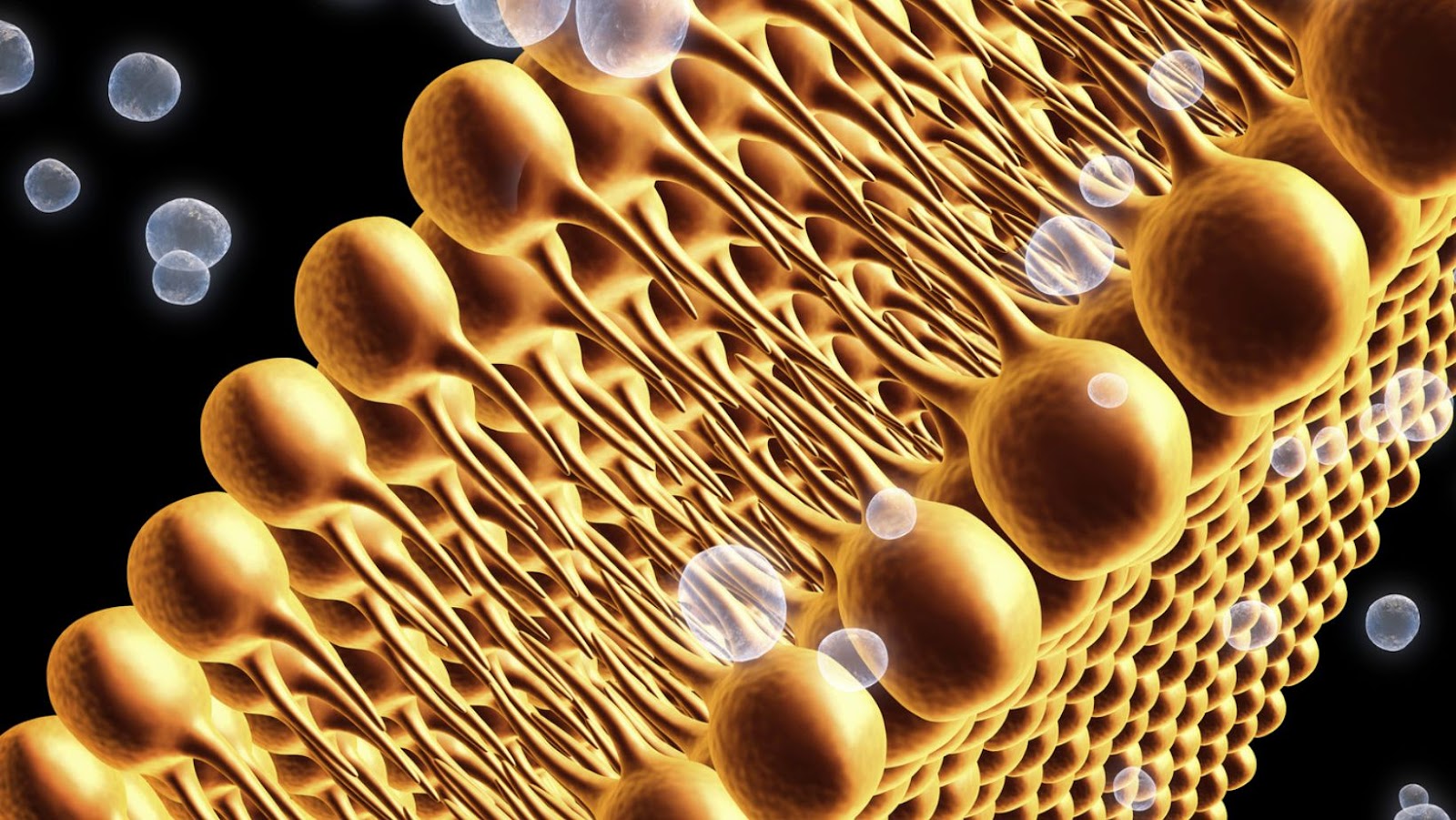Are you confused about which elements have ions that are smaller than a calcium ion? Don’t worry – you’re in the right place! This blog will help you understand why this is the case and provide an answer to your question.
Discover why size matters when it comes to ions and learn which element has an ion that is smaller than calcium’s!
Introduction
The element that has an ion smaller than an ion of calcium is beryllium. Beryllium is a chemical element with the symbol “Be” and atomic number 4. It is a relatively rare element in the universe, usually occurring as a product of the spallation of larger atomic nuclei that have collided with cosmic rays. Beryllium has a smaller ionic radius than calcium because it has a higher nuclear charge and fewer electrons, making it smaller and more compact. This smaller size gives beryllium unique physical and chemical properties, making it important for various industrial applications.
Pro tip: Beryllium is a toxic element and can cause berylliosis, a chronic lung disease, when inhaled. It’s essential to handle it with care and ensure proper safety measures when working with the element.
Properties of Calcium Ions
Calcium ions are positively charged ions that play a crucial role in biological and physiological processes. These ions are smaller in size, highly reactive and have unique properties that make them essential for healthy living.
To answer the title – “which element has an ion that is smaller than an ion of calcium,” the answer is Beryllium. Beryllium is a naturally occurring element and is highly toxic in its pure form. Its ion, also known as beryllium(+2), has a smaller ionic radius than calcium ions, making it highly polarizing and capable of attracting more electrons. Due to these unique properties, beryllium ions are essential in certain biochemical processes but can be harmful to human health in high concentrations.
Pro tip: Always use suitable protective equipment when working with beryllium or other hazardous materials, as exposure to these materials can cause irreversible health complications.
Overview of Other Elements And Ions
The element that has an ion that is smaller than an ion of calcium is Scandium (Sc). Scandium ion has an ionic radius of 76 pm while Calcium ion has an ionic radius of 100 pm, making Scandium ion smaller than Calcium ion. Scandium is a transition metal that occurs in rare minerals and was discovered in 1879 by Lars Fredrik Nilson. It has a silvery-white appearance and is often used in various industries, including aerospace, sports equipment, and electronics, due to its lightweight and high strength properties.
Other elements that have smaller ions than a Calcium ion are Lithium (Li), Beryllium (Be), and Boron (B). These elements have ionic radii of 60 pm, 31 pm, and 23 pm, respectively.

Which Element Has An Ion That Is Smaller Than An Ion Of Calcium?
Among the elements commonly found in nature, beryllium, magnesium, and strontium have ions that are smaller than the ion of calcium.
Here’s a comparison of the ionic radii of calcium and other elements:
| Element | Ionic Radius (nm) |
| Calcium | 0.099 |
| Beryllium | 0.031 |
| Magnesium | 0.066 |
| Strontium | 0.113 |
The ionic radius of an element is determined by the number of protons in its nucleus and the number of electrons in its outer shell. As we move across a period in the periodic table, the atomic number and nuclear charge increase, causing the atomic radius to decrease. However, as we move down a group in the periodic table, the number of shells and the shielding effect of inner shells increase, leading to an increase in atomic radius. As a result, beryllium, magnesium, and strontium have smaller ionic radii than calcium because they have fewer shells and less shielding.
Pro tip: Understanding the ionic radii of different elements is essential in predicting their chemical behavior and reactivity.
Factors Contributing to Smaller Ions
The element that has an ion smaller than that of calcium is scandium (Sc), a transition metal located in period 4 of the periodic table. Several factors contribute to the smaller size of scandium ions, including its greater nuclear charge and smaller number of electrons compared to calcium. Additionally, scandium’s first ionization energy is lower than calcium’s, indicating that it tends to lose electrons more readily and form smaller ions. The ionic radius of scandium is approximately 0.75 angstroms, while that of calcium is about 0.99 angstroms.
Scandium ions are used in a variety of industrial and technological applications, including aerospace alloys, sports equipment, and high-intensity lighting. The study of elemental properties and their effects on chemical processes is a critical aspect of chemistry and materials science.

Implications of Smaller Ions
The element that has an ion smaller than an ion of calcium is scandium, which has a smaller ionic radius despite having more protons than calcium. The smaller size of scandium ions has several implications. For instance, smaller ions tend to have higher ionization energies, which makes it more difficult to remove electrons from them. Smaller ions are also more likely to form covalent bonds instead of ionic bonds, where electrons are shared instead of transferred. Additionally, smaller ions tend to have higher charge density, which means that they are more likely to attract other atoms or ions towards them. This property can make smaller ions reactive and potentially dangerous in certain contexts.
Understanding the implications of smaller ions is important in fields such as chemistry, materials science, and engineering, as it can inform the synthesis, characterization, and applications of various compounds and materials.
Fact: The ionic radius of scandium is approximately 0.72 Å, while the ionic radius of calcium is around 0.99 Å.
In conclusion, the element with an ion that is smaller than an ion of calcium is scandium (Sc). Scandium has a smaller ionic radius than calcium due to the stronger effective nuclear charge between its valence electrons and the nucleus. This contributes to the formation of a smaller cation.
In comparison to calcium, scandium has fewer valence electrons which are attracted more strongly towards the positively charged nucleus containing a smaller number of electrons. This makes it relatively smaller in size. Keep in mind that the ionic size of an element depends on a range of factors, including its atomic structure, so it’s always essential to examine each element’s properties carefully.
References
The element which has an ion that is smaller than an ion of calcium is scandium (Sc).
Scandium has a smaller ionic radius than calcium due to the increased nuclear charge and decreased shielding effect of electrons in its outermost shell. This information can be found in many high school and undergraduate-level chemistry textbooks and online resources such as scientific journals, educational websites, and chemistry forums.
Make sure to cite reliable sources and avoid plagiarism while using references in your academic writing.
